Men are hospitalized with COVID-19 much more than women, and male hormones may explain why

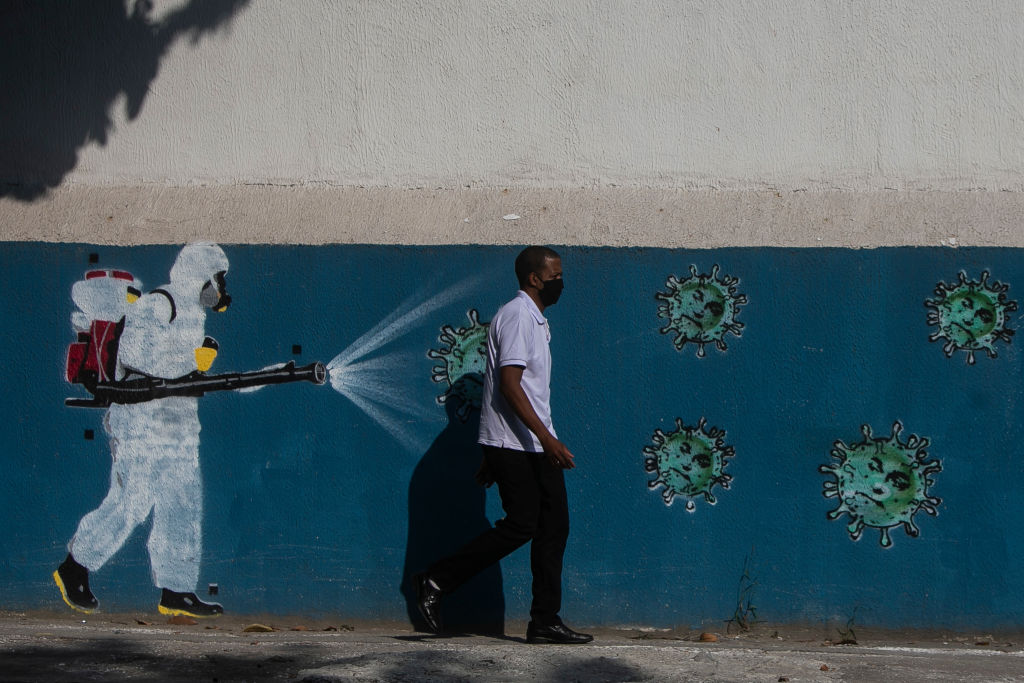
Since the first reports from Wuhan, China, on the new coronavirus, researchers in several countries have noted that a much higher proportion of men than women get seriously ill and die from the disease. "Now, scientists investigating how the virus does its deadly work have zeroed in on a possible reason: Androgens — male hormones such as testosterone — appear to boost the virus' ability to get inside cells," Science Magazine reports. Two small studies from Spain have also found a correlation between COVID-19 hospitalizations and male-pattern baldness, linked to the powerful androgen dihydrotestosterone (DHT).
Researchers in Italy and New York examined prostate cancer patients and found that those on androgen-deprivation therapy (ADT), which sharply reduces the amount of testosterone, were much less likely to contract COVID-19 or be hospitalized with the disease than prostate cancer patients not on ADT.
Matthew Rettig, an oncologist at UCLA, has already started a double-blind trial giving 200 U.S. veterans hospitalized with COVID-19 either the androgen-suppressing drug degarelix or a placebo, to see if zeroing out testosterone will improve their prognoses. Side effects of the drug "are equivalent to surgical castration," including hot flashes and breast growth, Rettig says, but "this study only involves a one-time dosage. It's temporary." He hopes to have results in 4-5 months.
The Week
Escape your echo chamber. Get the facts behind the news, plus analysis from multiple perspectives.

Sign up for The Week's Free Newsletters
From our morning news briefing to a weekly Good News Newsletter, get the best of The Week delivered directly to your inbox.
From our morning news briefing to a weekly Good News Newsletter, get the best of The Week delivered directly to your inbox.
A free daily email with the biggest news stories of the day – and the best features from TheWeek.com
Peter has worked as a news and culture writer and editor at The Week since the site's launch in 2008. He covers politics, world affairs, religion and cultural currents. His journalism career began as a copy editor at a financial newswire and has included editorial positions at The New York Times Magazine, Facts on File, and Oregon State University.
-
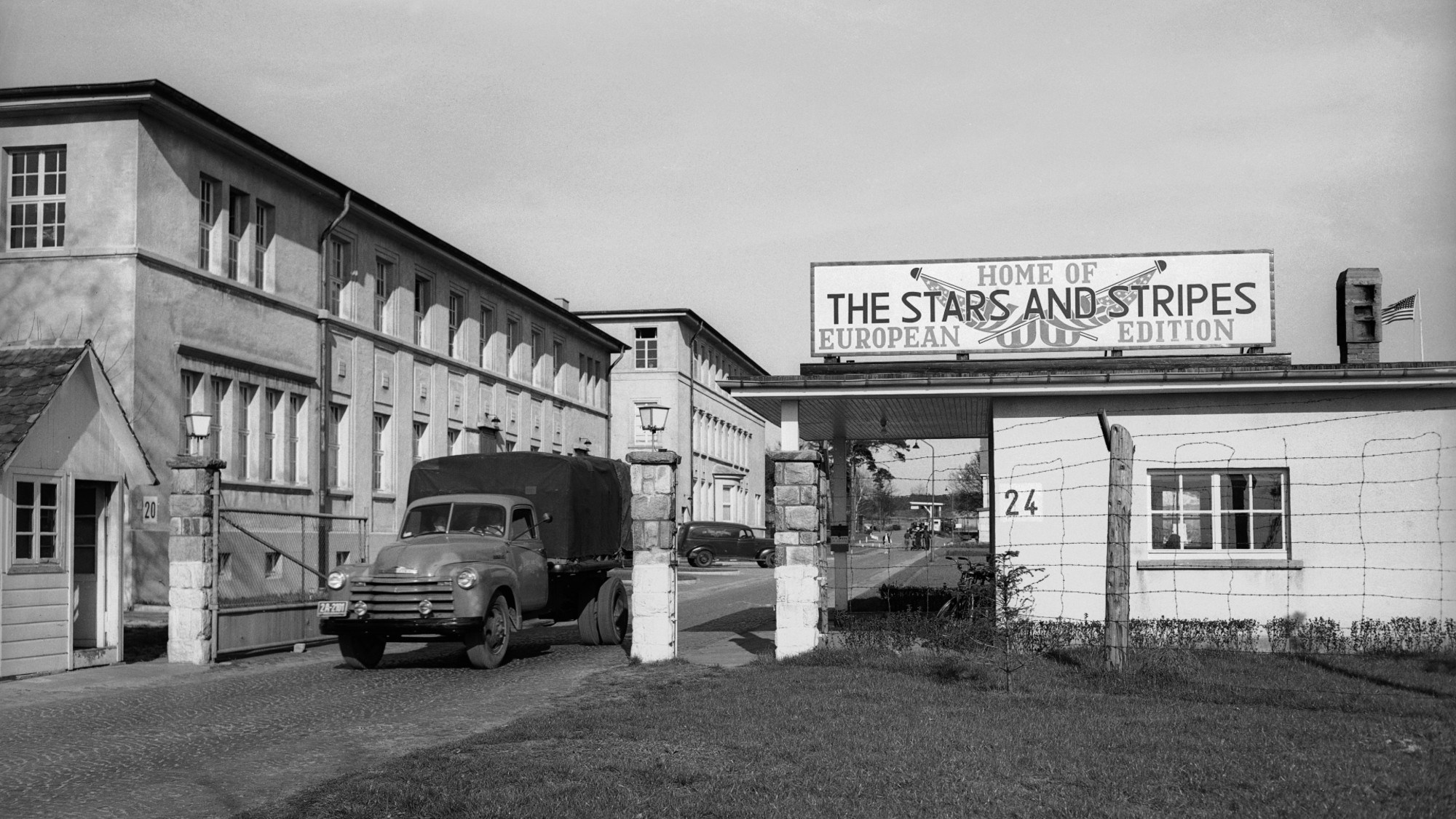 Why is the Pentagon taking over the military’s independent newspaper?
Why is the Pentagon taking over the military’s independent newspaper?Today’s Big Question Stars and Stripes is published by the Defense Department but is editorially independent
-
 How Mars influences Earth’s climate
How Mars influences Earth’s climateThe explainer A pull in the right direction
-
 ‘The science is clear’
‘The science is clear’Instant Opinion Opinion, comment and editorials of the day
-
 Trump HHS slashes advised child vaccinations
Trump HHS slashes advised child vaccinationsSpeed Read In a widely condemned move, the CDC will now recommend that children get vaccinated against 11 communicable diseases, not 17
-
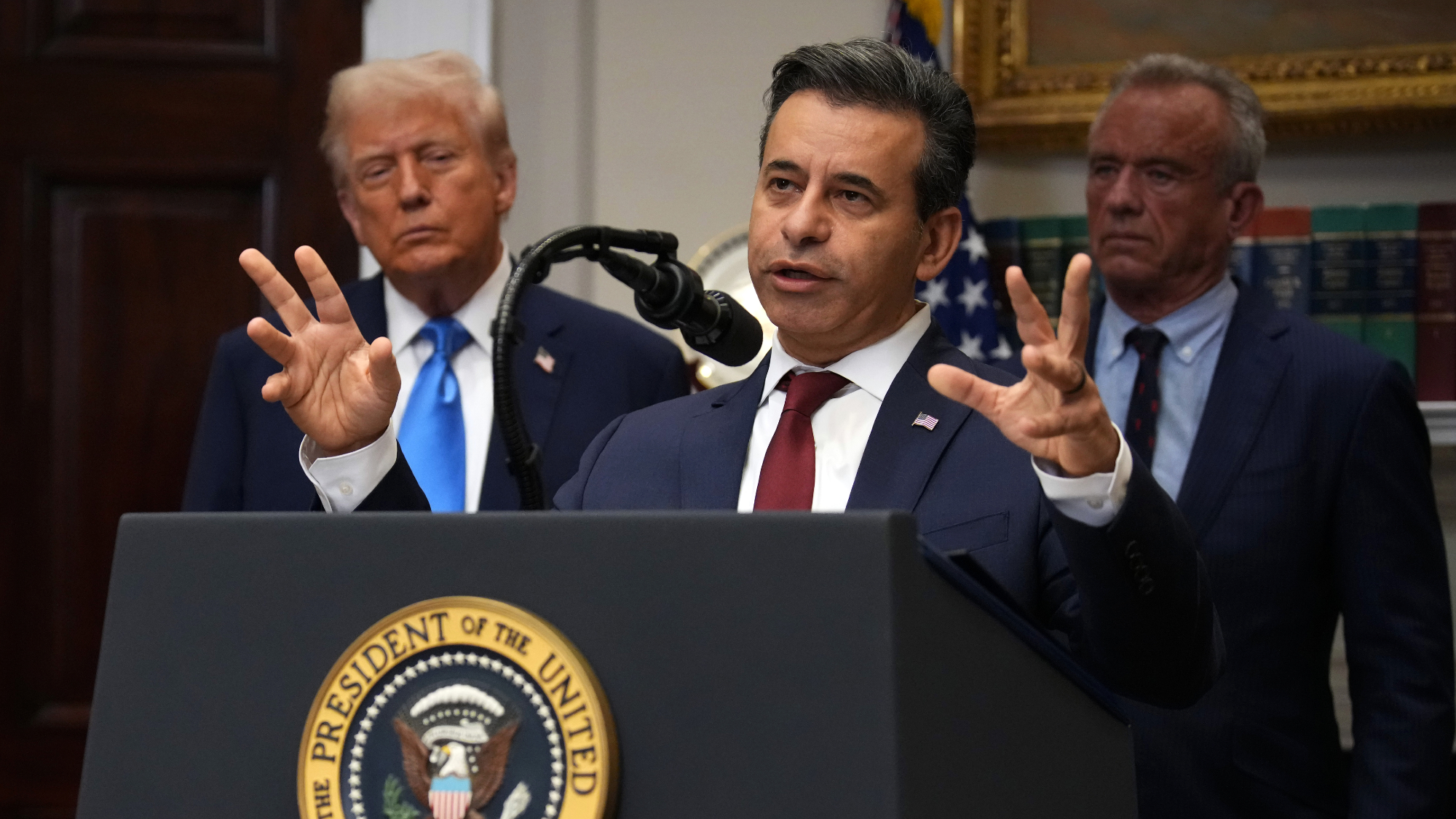 FDA OKs generic abortion pill, riling the right
FDA OKs generic abortion pill, riling the rightSpeed Read The drug in question is a generic version of mifepristone, used to carry out two-thirds of US abortions
-
 RFK Jr. vaccine panel advises restricting MMRV shot
RFK Jr. vaccine panel advises restricting MMRV shotSpeed Read The committee voted to restrict access to a childhood vaccine against chickenpox
-
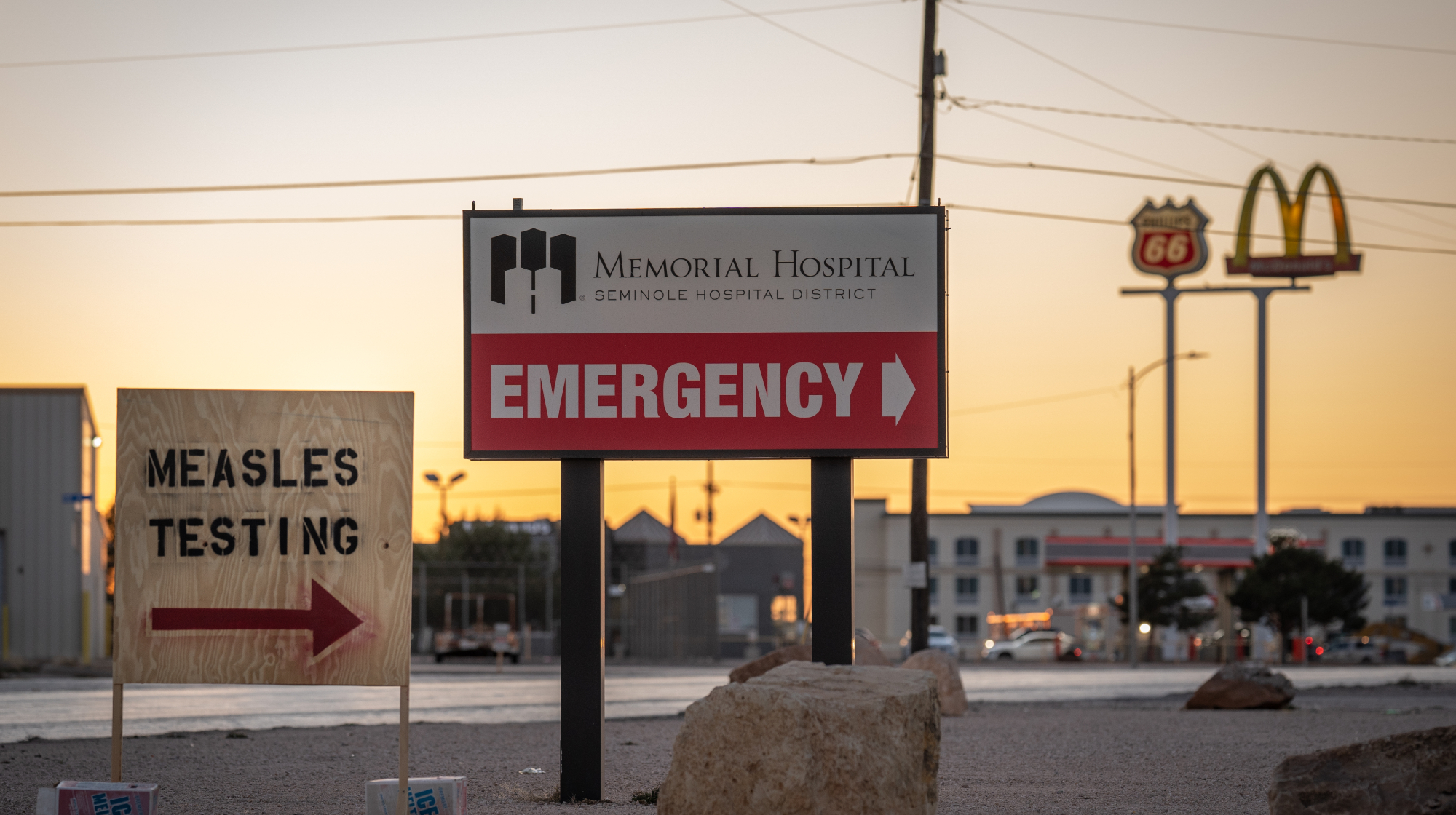 Texas declares end to measles outbreak
Texas declares end to measles outbreakSpeed Read The vaccine-preventable disease is still spreading in neighboring states, Mexico and Canada
-
 RFK Jr. shuts down mRNA vaccine funding at agency
RFK Jr. shuts down mRNA vaccine funding at agencySpeed Read The decision canceled or modified 22 projects, primarily for work on vaccines and therapeutics for respiratory viruses
-
 Measles cases surge to 33-year high
Measles cases surge to 33-year highSpeed Read The infection was declared eliminated from the US in 2000 but has seen a resurgence amid vaccine hesitancy
-
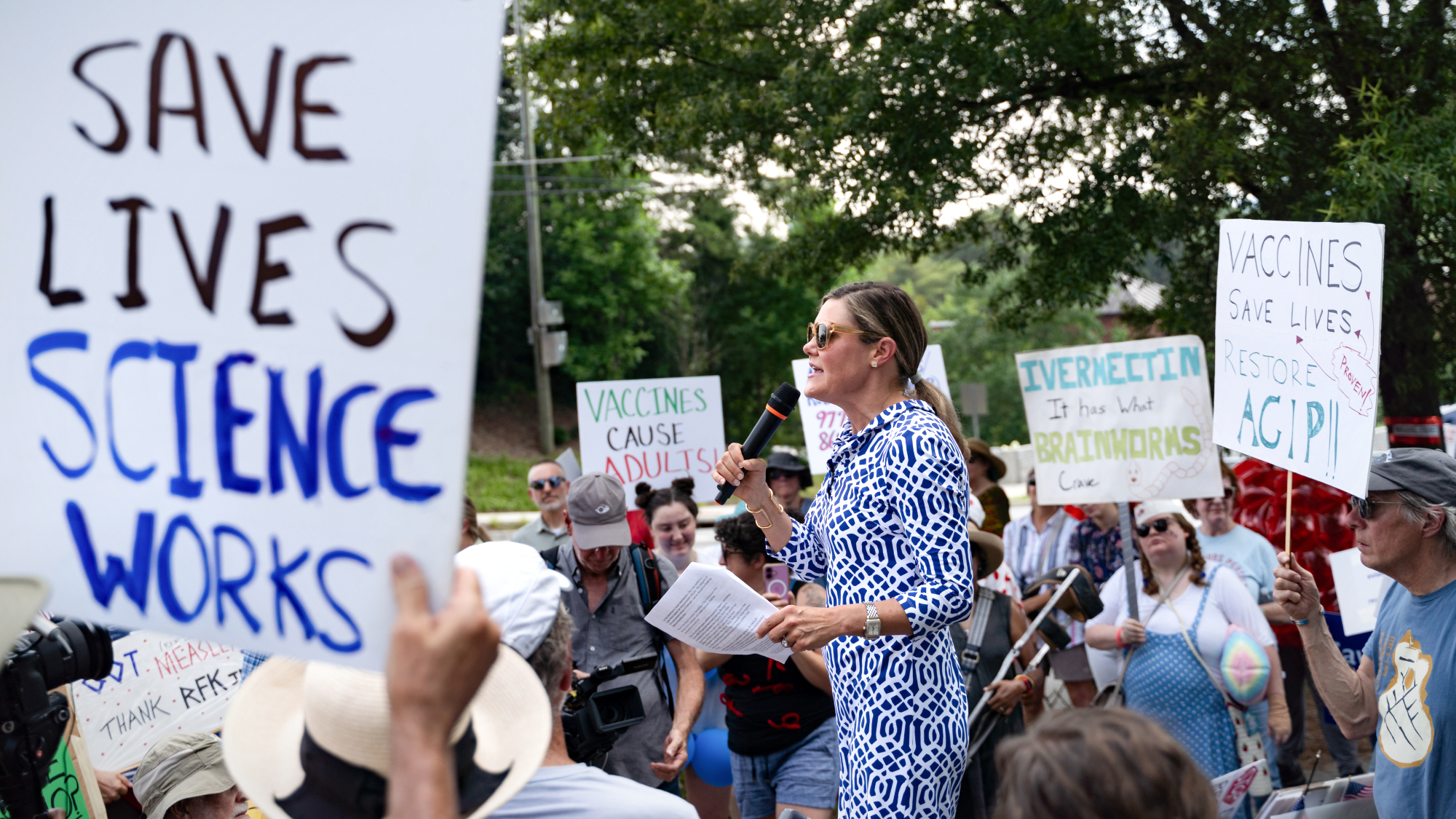 Kennedy's vaccine panel signals skepticism, change
Kennedy's vaccine panel signals skepticism, changeSpeed Read RFK Jr.'s new vaccine advisory board intends to make changes to the decades-old US immunization system
-
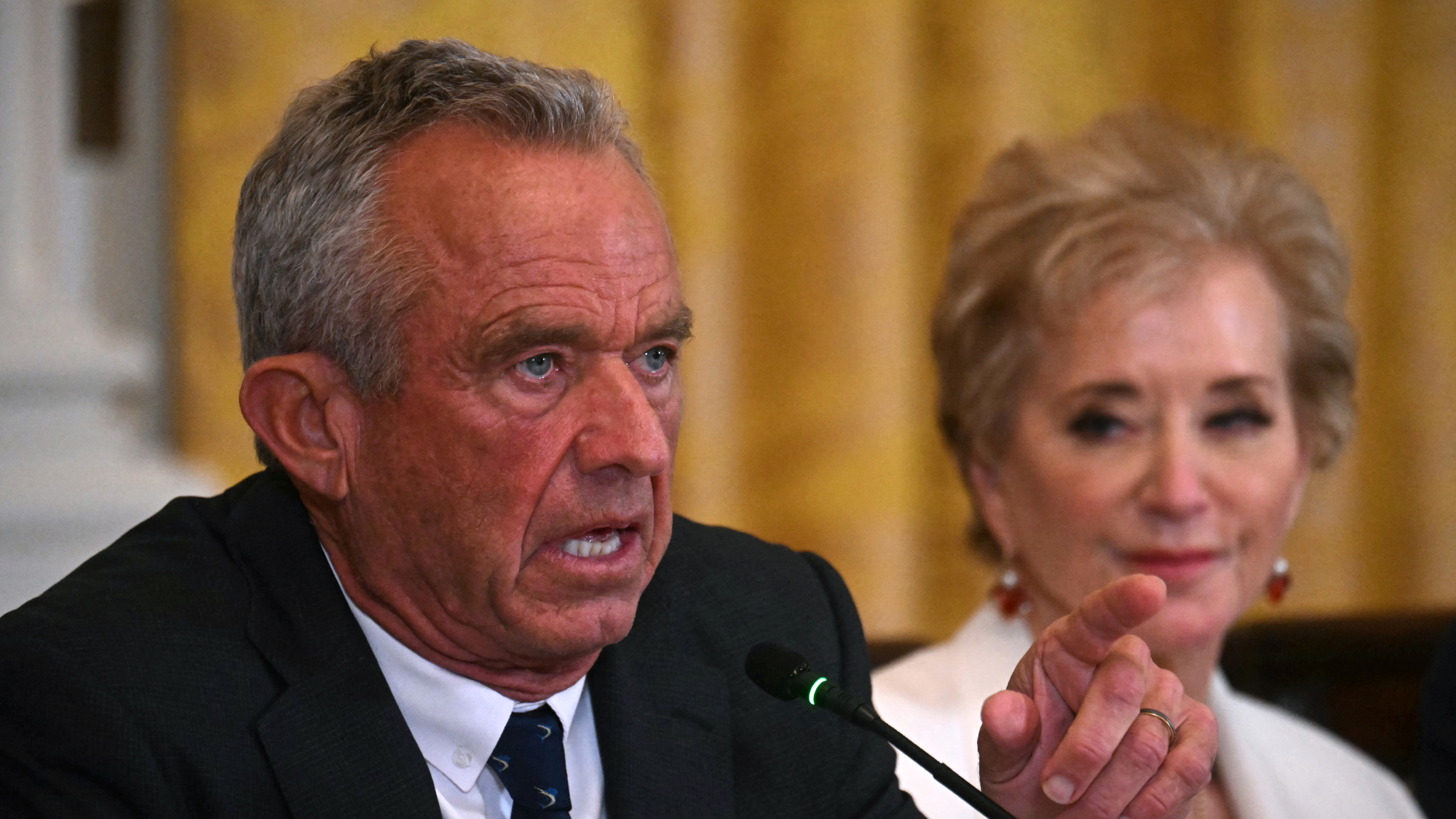 Kennedy ousts entire CDC vaccine advisory panel
Kennedy ousts entire CDC vaccine advisory panelspeed read Health Secretary RFK Jr. is a longtime anti-vaccine activist who has criticized the panel of experts
